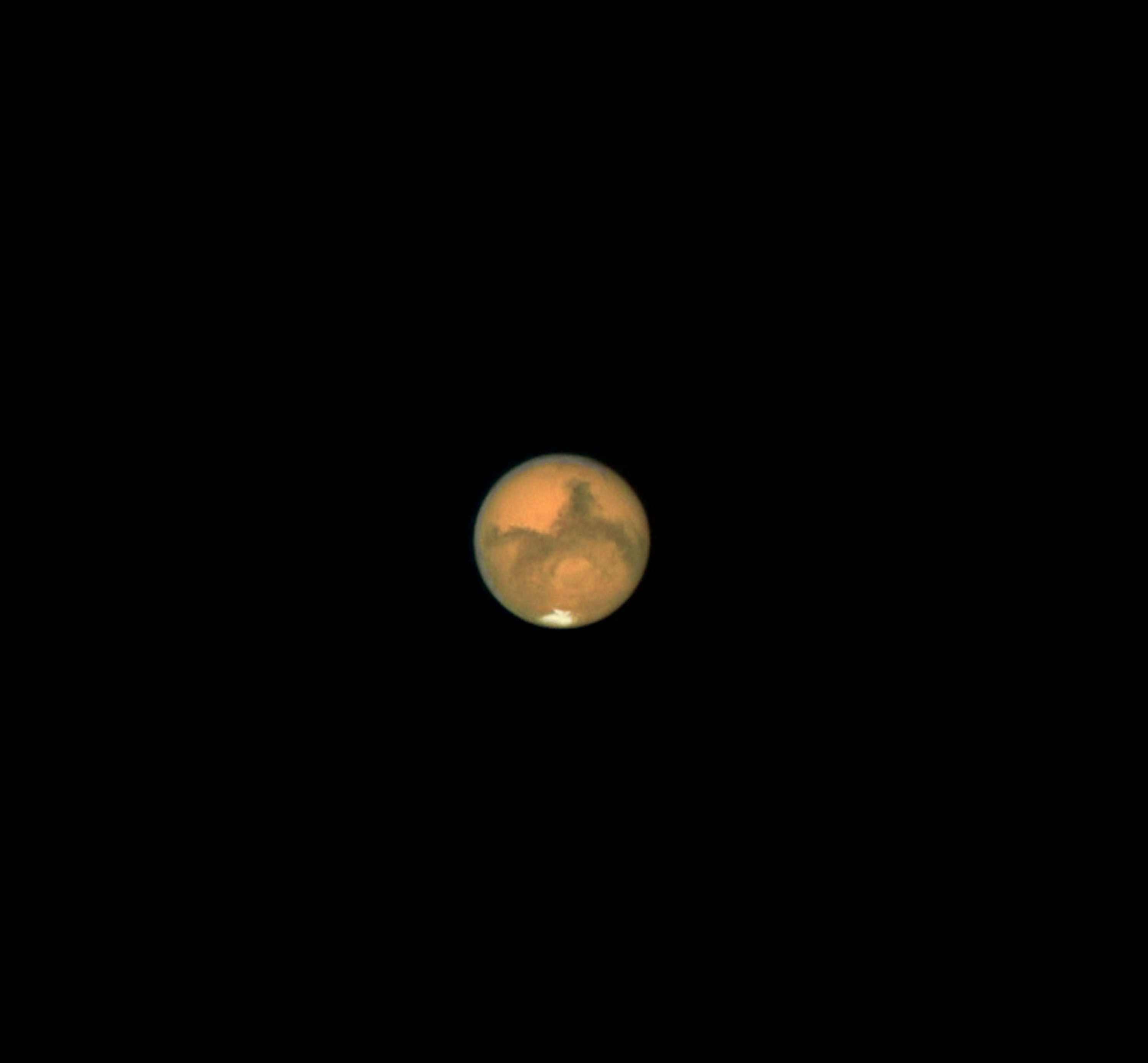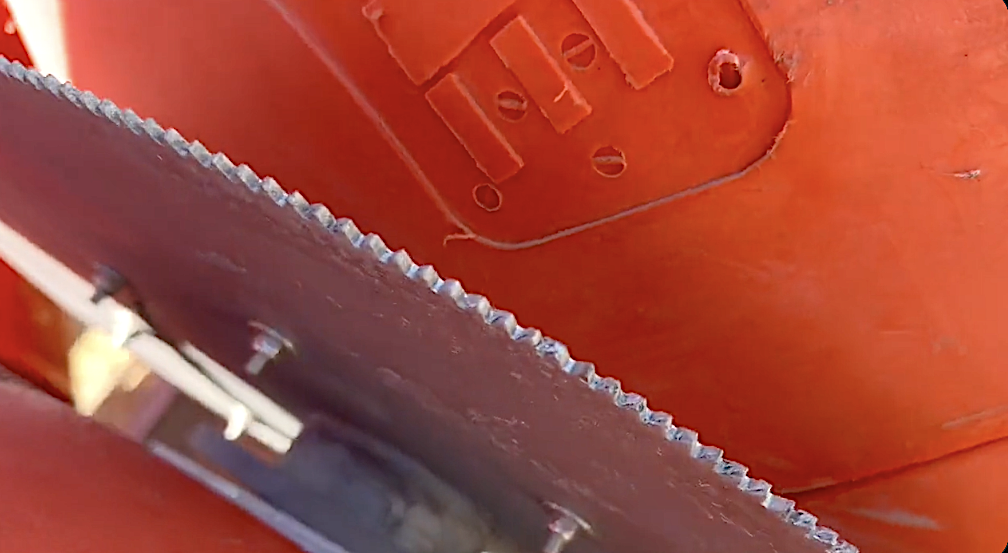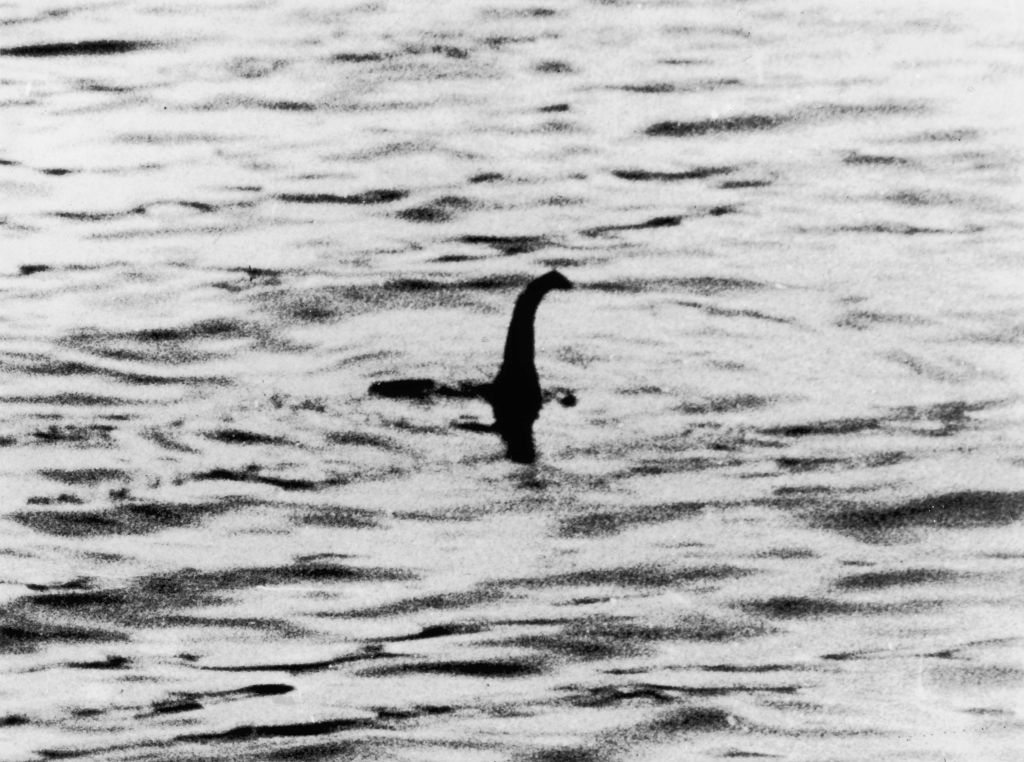The remarkable life and bittersweet end of NASA's Opportunity rover

After a remarkable 15 years on Mars, the story of NASA's Opportunity rover is coming to a bittersweet end.
First launched in 2003 along with its twin Spirit, Opportunity landed on Mars' surface in Jan. 2004, with a mission that was intended to last 90 days. See Opportunity's initial launch below:
Both of the "Adventure Twins," as NASA affectionately dubbed the rovers, made it far longer than anyone expected: NASA ended Spirit's mission on May 25, 2011, over seven years after it began. And now, Ars Technica reports, NASA is ending Opportunity's mission, too.
The Week
Escape your echo chamber. Get the facts behind the news, plus analysis from multiple perspectives.

Sign up for The Week's Free Newsletters
From our morning news briefing to a weekly Good News Newsletter, get the best of The Week delivered directly to your inbox.
From our morning news briefing to a weekly Good News Newsletter, get the best of The Week delivered directly to your inbox.
In June 2018, a dust storm on the surface of Mars caused NASA to lose contact with Opportunity; since it operates by solar power, dust blocking out the sun or coating its panels could keep it from turning on. But in the months since then, NASA's Jet Propulsion Laboratory has worked tirelessly to try to regain the signal of its lost rover. In all, over 835 commands were sent by the JPL team, in the hopes that wind would clear the solar panels of dust and Opportunity would be able to reboot and function again.
Late Tuesday night, JPL sent one final message: the Billie Holiday song "I'll Be Seeing You." Still, there was no response — so this chapter of extraterrestrial exploration is closed. On Wednesday afternoon, NASA is expected to officially end Opportunity's mission, a whopping 5,352 sols (Martian days) after it began.
Opportunity has provided us with groundbreaking evidence, NASA states, including the stunning fact that at sometime in Mars' history, the planet may have been suitable for microbial life. It's also given us stunning views of Mars' surface, the likes of which had never before been seen by human eyes.
Now, NASA's Curiosity rover and InSight rover will take over the mission. They will have some very impressive wheel tracks to follow.
A free daily email with the biggest news stories of the day – and the best features from TheWeek.com
Read more about Opportunity at Ars Technica, and see more photos from Mars on NASA's website.
Shivani is the editorial assistant at TheWeek.com and has previously written for StreetEasy and Mic.com. A graduate of the physics and journalism departments at NYU, Shivani currently lives in Brooklyn and spends free time cooking, watching TV, and taking too many selfies.
-
 Political cartoons for December 7
Political cartoons for December 7Cartoons Sunday’s political cartoons include the Trump-tanic, AI Santa, and the search for a moderate Republican
-
 Trump’s poll collapse: can he stop the slide?
Trump’s poll collapse: can he stop the slide?Talking Point President who promised to ease cost-of-living has found that US economic woes can’t be solved ‘via executive fiat’
-
 Sudoku hard: December 7, 2025
Sudoku hard: December 7, 2025The daily hard sudoku puzzle from The Week
-
 Nobody seems surprised Wagner's Prigozhin died under suspicious circumstances
Nobody seems surprised Wagner's Prigozhin died under suspicious circumstancesSpeed Read
-
 Western mountain climbers allegedly left Pakistani porter to die on K2
Western mountain climbers allegedly left Pakistani porter to die on K2Speed Read
-
 'Circular saw blades' divide controversial Rio Grande buoys installed by Texas governor
'Circular saw blades' divide controversial Rio Grande buoys installed by Texas governorSpeed Read
-
 Los Angeles city workers stage 1-day walkout over labor conditions
Los Angeles city workers stage 1-day walkout over labor conditionsSpeed Read
-
 Mega Millions jackpot climbs to an estimated $1.55 billion
Mega Millions jackpot climbs to an estimated $1.55 billionSpeed Read
-
 Bangladesh dealing with worst dengue fever outbreak on record
Bangladesh dealing with worst dengue fever outbreak on recordSpeed Read
-
 Glacial outburst flooding in Juneau destroys homes
Glacial outburst flooding in Juneau destroys homesSpeed Read
-
 Scotland seeking 'monster hunters' to search for fabled Loch Ness creature
Scotland seeking 'monster hunters' to search for fabled Loch Ness creatureSpeed Read